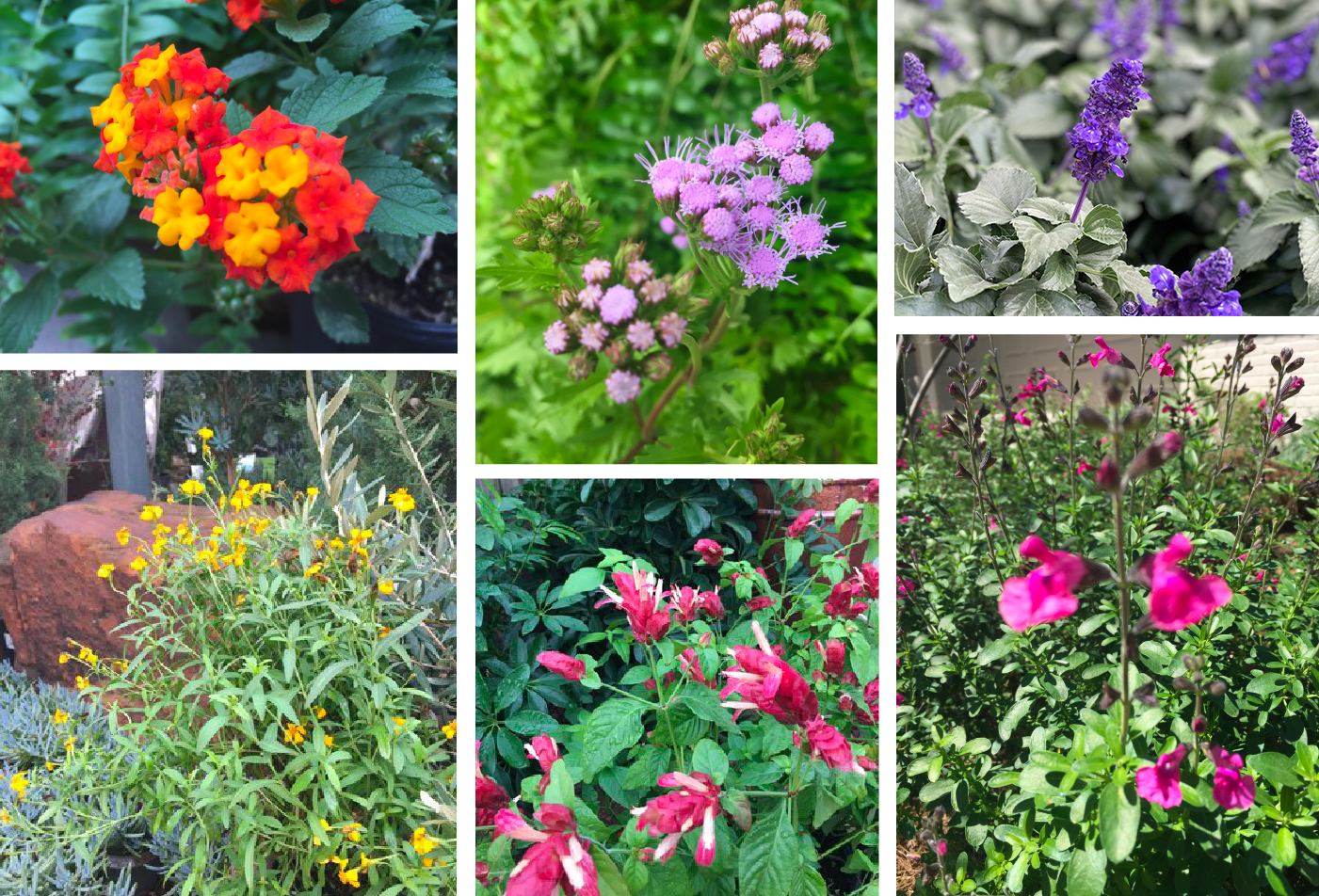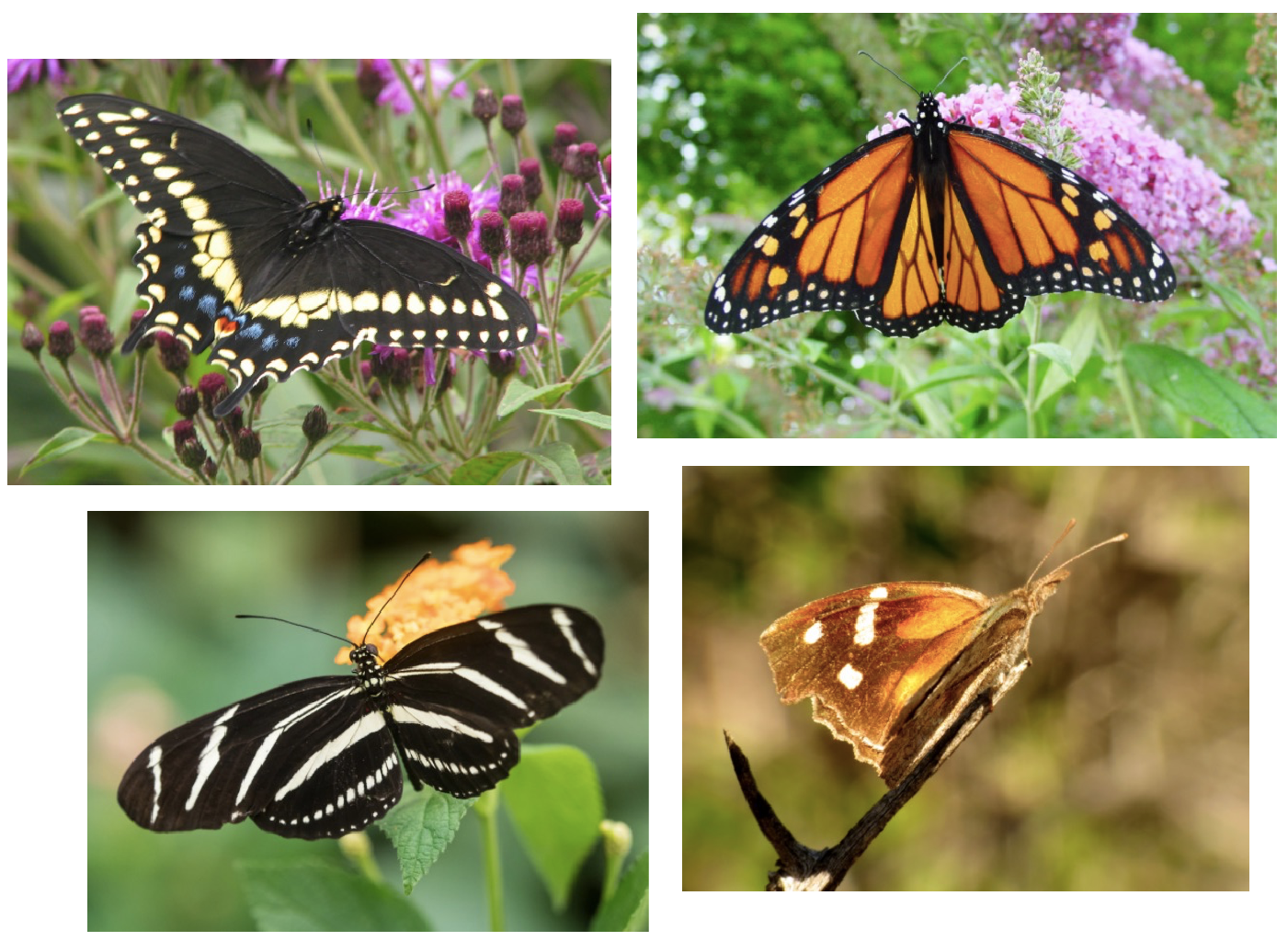Have you ever wondered why everything looks so green after a thunderstorm?
The air in the atmosphere is 78% nitrogen. Plants require nitrogen to grow, but are unable to absorb the nitrogen in the atmosphere until a lightning storm. A lightning bolt contains up to a billion volts of electricity, and that enormous blast of energy breaks apart those nitrogen molecules. In a process called atmospheric nitrogen fixation, some of the free nitrogen atoms combine with oxygen to form compounds called nitrates that mix with the rain, making them available for plants to absorb.
So, a thunderstorm is effectively a giant liquid fertilizing event that not only provides your garden with plenty of water but also with loads of nitrogen that encourages leafy growth on plants. Watering your plants 10 times won’t do near as good as one nitrogen charged thunderstorm.
I don’t know about you, but I’m enjoying the fertilizer mother nature has provided in one of her purest forms and best of all – free of charge!
 -Whitney
-Whitney
 -James
-James -DeAnna
-DeAnna



